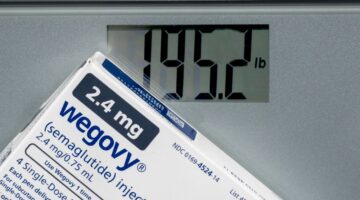
Eli Lilly Drug for 3 Obesity Targets Sets New High Bar for Weight Loss in a Clinical Trial
The high dose of Eli Lilly’s retatrutide led to an average 28.7% loss in body weight measured at 68 weeks. These Phase 3 results are the first from the experimental obesity drug’s broad clinical trial program, which is on track to yield seven data readouts in the coming year.

















